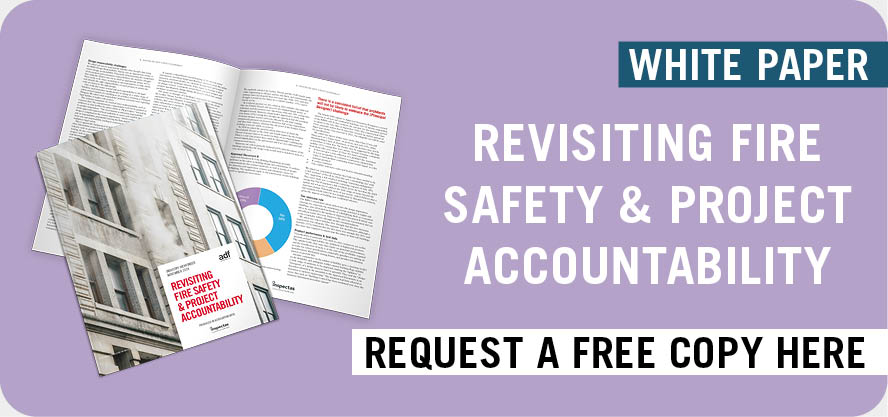Construction sites are littered with hazards. Some of the threats to the health and safety of your contractors are obvious, but many threats lie below the surface and can go unchecked. Making sites safe should be a focus of every project management team to ensure that work can be completed without injury. Here are some basic tips to help any construction company maintain its health and safety standards and protect its workforce, as well as its business.
Education And Training
Never underestimate the value of training and the power of knowledge. With effective and accredited training, any business can become safer and protect its workers from injury. In the construction sector, this is even more important. The environment of a construction site is a hazardous working environment, with several unique threats and dangers that can often be fatal.
Training your workforce and your management team can have a hugely positive effect on workplace safety, especially on construction sites. Workplace safety is everyone’s responsibility. This SSIP accreditation scheme from Smas Worksafe helps contractors to create a safe working environment for everyone. This not only benefits the health and safety of the workforce but also demonstrates to clients that the sites you operate are safe.
Communication And Awareness
It is impossible to operate a safe construction site without communication and awareness. Every day on a construction site should begin with a health and safety briefing that informs and educates contractors on the threats they are exposed to on the site and how to mitigate them. The communication cannot end there, however. Throughout the day, and the project, communication needs to be encouraged between construction workers as well as the management hierarchy.
Hazards can appear at any point in the day. Construction sites are hives of activity, with heavy machinery and large vehicles entering and exiting the site constantly. Before the environment changes and a new hazard is introduced this change needs to be communicated to workers so that they are aware, and can take appropriate measures to protect themselves and their colleagues.
Documentation And Records
All health and safety measures should be documented. In the event of an accident, these records will be incredibly important. It is not enough to communicate hazards and threats on a construction site, you need to reinforce your health and safety measures with documentation. This can not only help protect workers on site but also protect your business in the event of an accident.
Maintaining accurate and up-to-date records of health and safety briefings as well as the qualifications and training of workers is an important part of the construction process. This not only protects the business when an accident happens, but it also makes it easier to identify deficiencies in your health and safety preparations and allows you to address them. It is a preventative measure that can save time, money, and lives.
Health and safety should be paramount on a construction site. Accidents can be fatal. Even small-scale incidents can bring a construction site to a halt and cost precious time and money. These tips should help any site manager protect their contractors and keep their projects on schedule.



